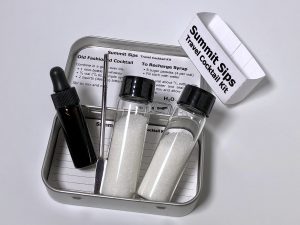
Sangria
 Some of you may know about our sister who lives in Spain. Over the years, she has shared some wonderful stories about life in Europe, but when it comes to cocktails, she usually talks about Sangria. Essentially a wine-based punch, Sangria is a great party beverage. It’s normally made in batches and tastes better if the ingredients are allowed “get to know each other” while chilling in the refrigerator. That means you can and should make it ahead of time. With the Fourth of July holiday just around the corner, it seemed like the perfect time to mix up some of this delicious potion. We also thought it might be interesting to see how our own basic Sangria recipe stacks up against her experiences in Barcelona and to share some of her insights about what works and what doesn’t. In the end, this highly customizable drink should include everything you like, but with so many options, where do you begin?
Some of you may know about our sister who lives in Spain. Over the years, she has shared some wonderful stories about life in Europe, but when it comes to cocktails, she usually talks about Sangria. Essentially a wine-based punch, Sangria is a great party beverage. It’s normally made in batches and tastes better if the ingredients are allowed “get to know each other” while chilling in the refrigerator. That means you can and should make it ahead of time. With the Fourth of July holiday just around the corner, it seemed like the perfect time to mix up some of this delicious potion. We also thought it might be interesting to see how our own basic Sangria recipe stacks up against her experiences in Barcelona and to share some of her insights about what works and what doesn’t. In the end, this highly customizable drink should include everything you like, but with so many options, where do you begin?
The Good and the Bad
When we first asked for some advice about it, she was quick to share that even in Barcelona you can find very good Sangria and very bad Sangria. Of course, this is a matter of personal taste, but the prevailing thought is that the best Sangria starts with good wine (red or white), uses fresh juices, adds quality liquor and includes lots of chopped fruit. Excellent versions do exist, but it’s more common to find cheap places that use crappy wine, very little or no fruit, and stretch their pitchers with club soda or sparkling lemonade. She tries to avoid Sangria that contains any carbonated mixers and says a good, one-liter pitcher will usually cost about 15 euros.
A Basic Starting Point
When she finally shared a recipe it was more like a group of suggestions than a specific list of required ingredients. It seems that there is a tremendous amount of flexibility. Some items can be left out—others can be substituted. As we read through the list, a few things matched perfectly to our own basic recipe, so at least we knew we was already on the right track. Here’s our normal starting point which is perfectly acceptable as-is, but keep reading for enhancements that can make it truly spectacular.
Basic Red Sangria
1 bottle red wine (750ml)
2 oz brandy
4 oz orange juice (fresh squeezed)
1 oz rich simple syrup
orange slicesCombine the wine, brandy, OJ and syrup in a pitcher. Cut half of an orange into small slices and add them to the pitcher. Chill overnight. Serve in a wine glass or over ice. Don’t use a straw. That’s too American.
Because this is going to chill in the refrigerator, it’s important to consider your container. This basic starting recipe features good proportions that use an entire bottle of wine and it fits perfectly into a one-liter pitcher. Should you have more room than that, it’s a good idea to cultivate a more experimental attitude and consider additional possibilities.
Wine
Like most recipes, whether it’s food or drink, you get better results if you start with good ingredients. The wine you use will be the biggest component by volume, so it’s important to pick something you like. A traditional red Sangria uses Rioja Crianza, an oak-aged Spanish wine that is often predominantly Tempranillo. Without getting into the details too much, we prefer to start with a dry red wine that has an acceptable foundation of flavor and Rioja fits the bill. We could tell you to avoid inexpensive bottles, but the truth is, there’s no reason to break the bank. We have had fantastic results using three dollar Cabernet from Trader Joe’s. Just remember, if you don’t like the wine to begin with, you probably won’t care for the Sangria either.
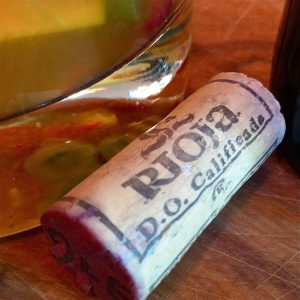 Juice
Juice
You shouldn’t cut corners on this one. Use fresh squeezed orange juice whenever you can. More exotic juices like mango can lend nice flavors. Some recipes in Spain also include frozen concentrated lemonade. With a single bottle of wine, it’s common to see a quarter-can of thawed pink lemonade concentrate added to the mix. It’s an interesting idea that we haven’t tried, but it would definitely sweeten the mix and add a sour element. You can also squeeze a lime or add an ounce or two of lemon juice.
Liquor
Using brandy or cognac to fortify the wine mixture will also add depth and character. Our sister suggests building upon that notion by including white rum, coconut rum, citrus vodka and triple sec—doubling or even quadrupling the total liquor volume in the basic recipe (to 8 ounces). As always, your inventory may help you decide, but you can try maraschino liqueur or even whiskey. Depending on what you add, you may need to cut back on the simple syrup. It’s all a matter of taste.
 Fruit
Fruit
Like a good Cobbler, you should add pieces of whatever fruit you can get in season. We hear peaches are ideal, but don’t be afraid to include lemon slices, limes, mango, berries, chopped apples, kiwi—anything and everything is fair game. We always include orange wedges since we are usually squeezing fresh juice anyway. The more sweetener that can come from fresh fruit, the less simple syrup you will need—and the better your Sangria will taste. One method of incorporating the fruit is to combine it with your sweetener to build a fruit cocktail syrup. Heat a cup of water and dissolve a half-cup of brown sugar. As it cools, Add a stick of cinnamon, a few cloves and your chopped fruit. Let this combination cool in the refrigerator to combine for several hours or overnight. Pull out the cloves and cinnamon before adding the fruit to the wine mixture.
There are just so many options, we suggest going through your liquor cabinet and picking out possible additions for your own recipe and just making a basic batch. You can always taste it and tweak it as you go, or make adjustments on your second batch. If your pitcher only holds a liter, a full bottle of wine leaves you just one cup of additional volume. This is perfect for the basic recipe, but if you want to be more creative with liquor or extra fruit juice, you will have to reserve some of the wine. We like the idea of making a fruit cocktail first and combining this with the other ingredients later. This allows the fruit flavors to develop and gives you the chance to make adjustments as you combine it with the wine. Try making Sangria with white wine too, or focusing on a specific fruit flavor profile. Whatever you decide, we’d love to hear about your choices and what you would do differently next time in the comments below.
From The Shop:
Recommended:
You Might Also Like:
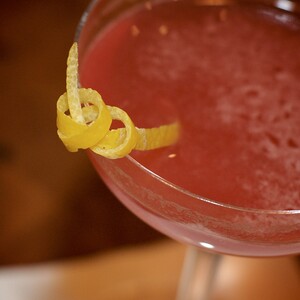
The Scofflaw
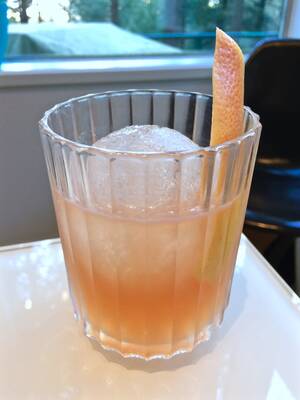
Bicycles & Baskets
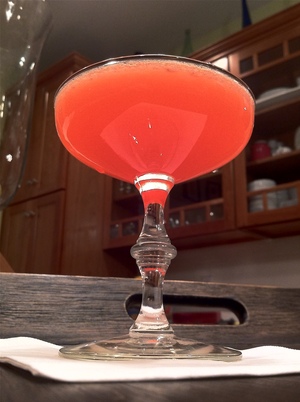
Paper Airplane
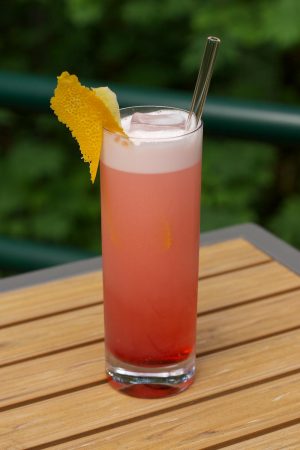
One Flight Up

Basil Oil Garnish
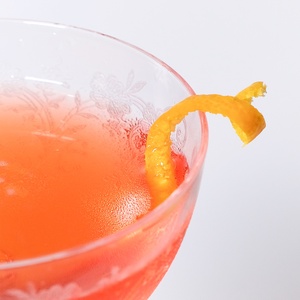
Fogerty
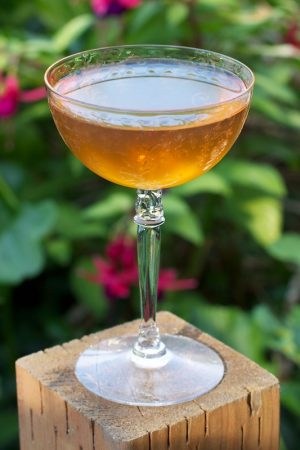
Bensonhurst
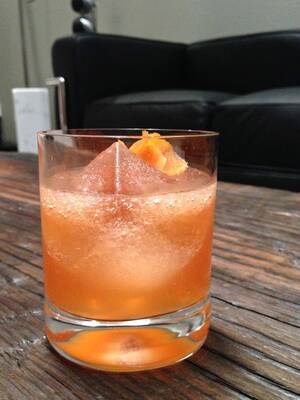
Church
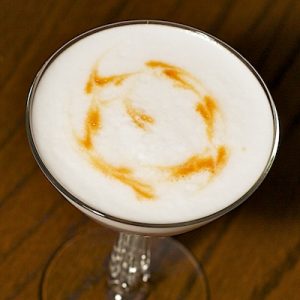
Iron Cross
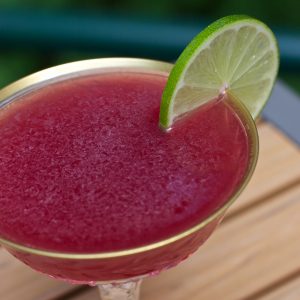
Sea of Cortez

Red Pepper Daisy
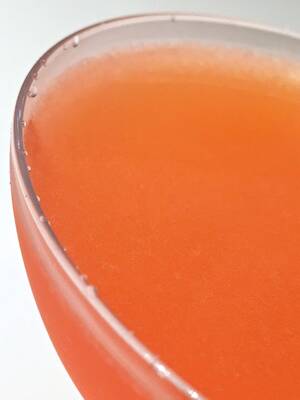
Naked and Famous

Drink with No Name: The Harrington
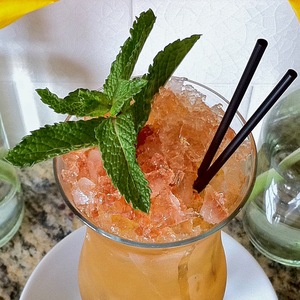
Queen’s Park Swizzle
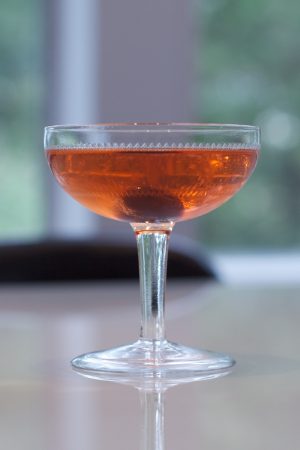
Metropole
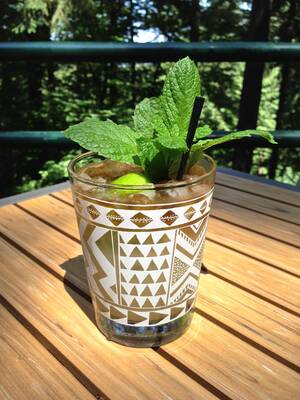
Mai Tai

Breakfast Collins

Jalisco Stroll
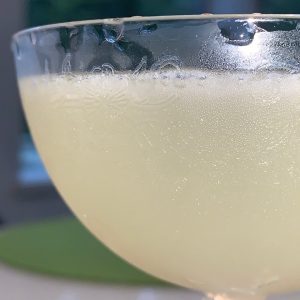
Vieux Mot
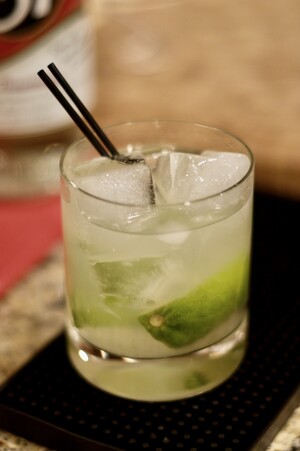
Caipirinha

Grounded For Life
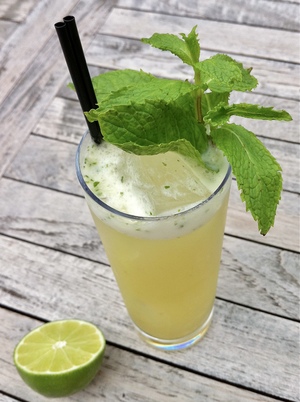
Gin Gin Mule

Jaguar
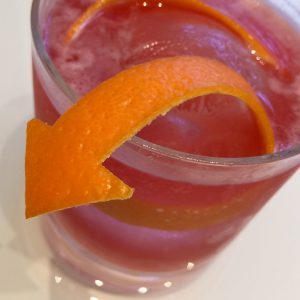
Turn Signal
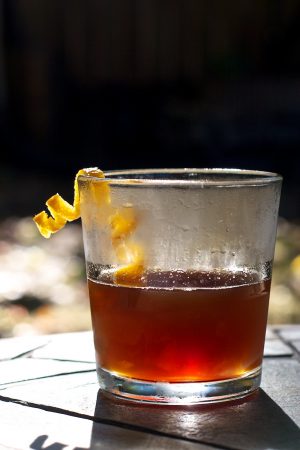
Bitter Branch

Suffering Bastard
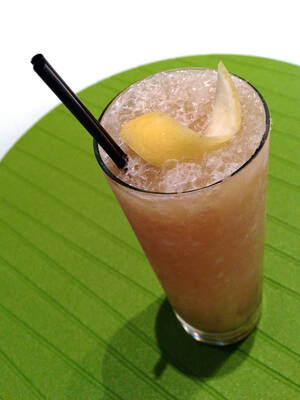
St. Stephen’s Sour
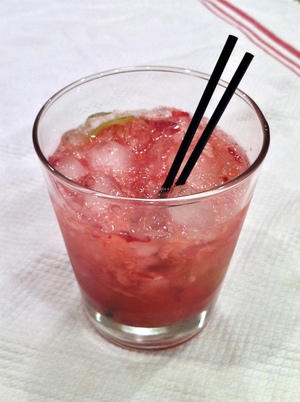
Cherry Caiprissima

Fernelderwood
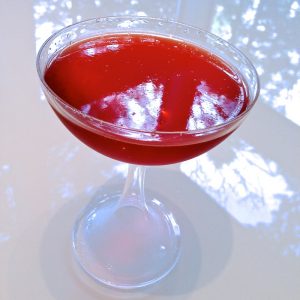
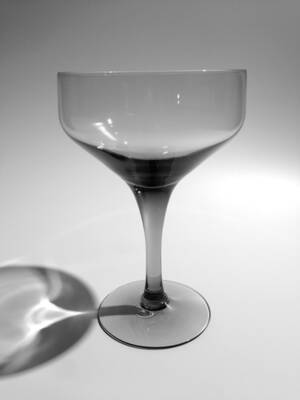



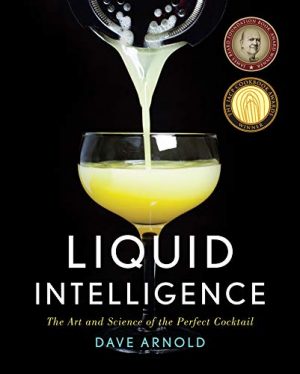
Being Spanish and living in Madrid, you can imagine I’ve tasted hundreds of them, from the real good ones to those awful things made out of cheapest bricks of wine.
Your article is absolutely right, I think. The idea is that there is not a best recipe for it, but best suggestions are the ones explained: fairly good wine is a must, the brandy or a substitute gives the extra depth of flavour, and for sure lots of fruits that should remain in the mix for at least a few hours in the freezer.
Give it a try on summer
Thanks, Alberto! Is there a favorite combination that you like? What about white wine–what do you like to add to it?
Favorite combination… let’s see, I would say: – No to white wine, please, I don’t get to see it on sangria. Even if you think about the name itself, sangría comes from sangre, which means blood, so red is the colour. – Yes to some dashes of cognac or brandy – Yes to lots of fruits… and peaches are the best ones But I wouldn’t go much further. I think you explained it real good. Sangria is a punch, a cobbler, and that means you must try it while you mix it and then adjust the sour and the sweeten… Read more »